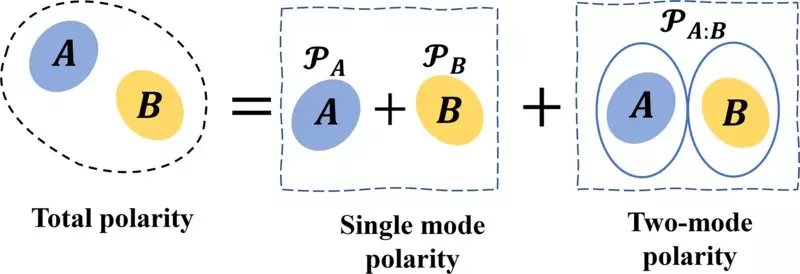At the heart of modern quantum information technology lies the interplay of two pivotal quantum properties: superposition and entanglement. These phenomena serve as the crux upon which quantum computing and communication systems are built, offering capabilities that far exceed those of classical systems. Quantum computers harness the unique properties of superposition, allowing particles to exist in multiple states at once, thus exponentially increasing their computational capacity. Meanwhile, entanglement creates a bond between particles, rendering their states interconnected regardless of the distance that separates them. Such characteristics make these quantum properties not merely interesting topics of study, but critical components of future technological advancements.
A recent study conducted by researchers from the University of Rhode Island and Texas A&M University has provided significant insights into the relationship between superposition and entanglement. The collaborative effort led by physicists Wenchao Ge, Jiru Liu, and M. Suhail Zubairy focused on quantifying these two critical features of quantum mechanics. The published paper, “Classical-Nonclassical Polarity of Gaussian States,” presents a novel theoretical framework for understanding how these properties can interplay and be quantitatively described. Ge highlighted the essence of their work, stating, “Without superposition and entanglement, no quantum-enhanced application would exist.”
The researchers introduced an innovative methodology to measure superposition and entanglement in a unified manner, which marks a groundbreaking shift in the study of quantum mechanics. By doing so, they not only validated existing theories but also established a new pathway for converting resources from one state to another. This is particularly beneficial due to the inherent challenges that arise when preparing specific quantum states. The introduction of a quantitative relationship between these two phenomena allows researchers to leverage one property in the pursuit of another, potentially streamlining quantum applications in various fields.
The study of nonclassical resources has opened up avenues to explore the depths of quantum mechanics, highlighting elements that do not conform to classical interpretations. Ge and his team recognized the need for a unified theory to evaluate superposition and entanglement collectively, rather than in isolation. Such a comprehensive approach is crucial given that many quantum technologies, including quantum communication and sensing, rely on these properties. By focusing on Gaussian states—known for their manipulability in quantum experiments—the researchers were able to derive a standardized measure of what they termed “classical-nonclassical polarity.”
This new relationship is only the beginning; while the study concentrated on one-particle systems and the entanglement of two or three modes, Ge suggests that further research could expand to include larger systems, possibly leading toward new hypotheses that stretch beyond the realm of Gaussian states. Ge’s vision for the future encompasses an exploration of various quantum properties, laying the groundwork for fundamental principles that could revolutionize quantum information applications. This could lead not only to enhanced computational efficiency but also to breakthroughs in quantum sensing and communication technologies.
The intricate relationship between superposition and entanglement highlights an era of quantum mechanics ripe for exploration. The recent findings by Ge and his co-researchers underscore the importance of quantitatively understanding these phenomena, paving the way for substantial advancements in quantum computing and technology. The implications for the future are profound, suggesting that deeper insights into the fundamentals of quantum mechanics could lead to significant leaps in our understanding and application of quantum resources. Through continued research, the quest to unravel these quantum mysteries holds the promise of a transformative impact on both science and technology.


Leave a Reply